It has been quite a year and I wanted to share some of the highlights from Montgomery Planning’s accomplishments from 2021.
While the update to the county’s General Plan, known as Thrive Montgomery 2050 is working its way through the County Council process, I wanted to reflect on 2021 with the lens of the three main outcomes included in Thrive – which I think of as the “three E’s”: economic health, community equity and environmental resilience.

It’s important to note that much of what is in Thrive is not new but rather reflects how we have been evolving as a county and how we have been planning the county for the past decade. For example, the whole idea of turning parking lots to places and focusing growth along corridors that have transit is what we have been doing in many of our master plans. Thrive formalizes this and provides a focus on our three outcomes.
So, here is the year in review according to the three E’s:
Economic Health
Our master plan work is contributing to the county’s economic health. Just over the past year, here is a list of the master plans we have been working on:
- Ashton Village Center Sector Plan
- Shady Grove Minor Master Plan Amendment
- GSSC Phase 1
- Silver Spring Downtown and Adjacent Communities Plan
- Corridor Forward: The I-270 Transit Plan
- Fairland and Briggs Chaney Master Plan
- Takoma Park Minor Master Plan Amendment
- Pedestrian Master Plan
- Rustic Roads Functional Master Plan
Also, our regulatory planners have been extremely busy in helping to contribute to the county’s economic health – particularly in the biotech/life sciences sector:
Downcounty
- United Therapeutics
- Elizabeth Square
- The Wilson and The Elm: award-winning
- Hampden East
Midcounty
- Johns Hopkins University Belward
- Traville Parcel N, Building A
- 9800 Medical Center Drive
- White Oak Town Center
- White Oak Apartments
Upcounty
- Ashford Woods
- Milestone Senior Germantown
- 9545 River Road
- Creekside at Cabin Branch
Development Applications Accepted in 2021
| Plan Type | Count |
|---|---|
| Concept Plans | 33 |
| Sketch | 17 |
| Preliminary Plans | 45 |
| Admin Subdivisions | 14 |
| Site Plans | 76 |
| Project Plans | ` |
| Record Plats | 88 |
| NRI/FSD | 56 |
| FCP Exemptions | 196 |
| Mandatory Referrals | 37 |
| Total | 563 |
I also want to mention our 2021 Design Excellence Awards – this was a hugely successful event held in-person in our new building. This program has been a passion project for me and for many staff in raising the bar of excellent design in the county – and I can tell you based on the development applications we are receiving – it’s working! The big winners this year included:
- The Universities at Shady Grove Biomedical Sciences and Engineering Building,designed by Lake Flato and Cooper Cary, received the Design Excellence Award for Excellence in Building and Site Design
- The Darcy and The Flats at Bethesda Avenue, designed by SK+I, won the Design Excellence Award for Exceptional Multi-Family Housing.
- The Wheaton Revitalization Project, designed by Gensler Architects, won the Design Excellence Award for Public Project Design.
- The jury also honored the Wheaton Library and Community Center as well as The Writer’s Center, located in Bethesda, with special citations.
Also, contributing to economic health, we undertook a number of special projects and studies:
- Advancing the Pike District Study
- Wheaton Downtown Study
- Retail in Diverse Communities Study
- Mixed Use Development Trends Study
- Review of Zoning Text Amendments for biotech, affordable housing and solar facilities
- Major update to the Subdivision Regulations, approved by the County Council
Community Equity
Another important outcome of Thrive is community equity. As you know, we have focused on equitable recommendations and equitable engagement since before the county’s racial equity and social justice bill was passed by the county. We are committed to confronting the legacy of racism and applying an equity lens to all of our work. Some of the work that has contributed to achieving community equity includes:
- Equity Focus Areas Mapping and Community Equity Index
- The Street Renaming Review Project
- Attainable Housing Strategies initiative
- Vision Zero efforts
- Historic Preservation updates – first historic district, 11 Most Endangered list for the National Trust for Morningstar Moses cemetery and hall and the Asian American grant
- Ongoing communications and engagement efforts
Top Blog Posts of 2021
- Analyzing the future of mixed-use development in Montgomery County
- County Mapping a Mystery: A Puzzle from the County’s Past
- The history of land use and planning in Montgomery County
- Thrive Explained: Why we need more of every kind of housing
- Small increases in density make homeownership more attainable: A case study of Habitat for Humanity’s Garland Avenue Duplex project in Takoma Park
Environmental Resilience
Montgomery Planning continues its work toward reaching the county’s climate goals. Planners worked closely with county officials to develop the county’s Climate Action Plan which outlines specific near-term actions to eliminate greenhouse gas emissions by 2035. Now we are working on action items from the Climate Action Plan and continuing to collaborate with colleagues in other county agencies.
In February, an amendment to Montgomery County’s Forest Conservation Law became effective which expanded what types of property must comply with the law and generally update the legislation. The amendment incorporated changes to the state’s Forest Conservation Act per Senate Bill 234, which limited the use of fee-in-lieu payments (which generate the Forest Conservation Fund) to meet forest mitigation requirements, specified a watershed requirement for the use of forest mitigation bank credits, and required reporting on how the Forest Conservation Fund is spent on reforestation efforts.
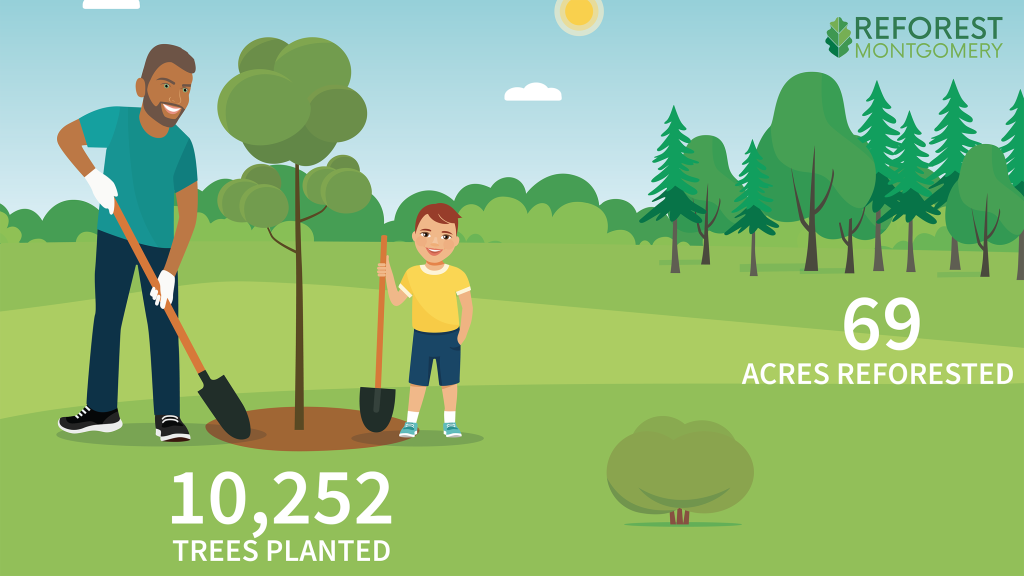
Speaking of reforestation, we have made great strides in our tree planting and reforestation programs through the Reforest Montgomery program. This is a great program that offers incentives for residents and property owners throughout the county to plant trees. Since the beginning of the program, we have planted 10,252 trees throughout the county and have worked with our partners to reforest 69 acres of land including through our Re-Leaf the Reserve initiative..
In early November, we launched our No Net Loss of Forest Initiative which seeks to achieve a more balanced approach to forest conservation by looking at amendments to the County’s Forest Conservation Law, policy changes, and additions to its forest conservation programs.
We continue to be committed to a greener future in Montgomery County and are proud of the efforts of our environmental planners to get us closer to our goals.
In conclusion, 2021 has had a lot of ups and downs and has been challenging on many levels. Even with these challenges, Montgomery Planning has been amazingly productive and has made great strides in focusing on and planning for an exciting future. I’m enthusiastic about the work we have ahead of us for 2022 and I encourage everyone to get engaged with the planning process as we continue to plan for a more thriving Montgomery County.

About the author
Since July 2013, Gwen Wright has been the Director of the Montgomery County Planning Department of the Maryland-National Capital Park and Planning Commission. In this role, Ms. Wright oversees a wide range of projects that aim to improve the quality of life in Montgomery County by conserving and enhancing the natural and built environment. Montgomery County is one of the largest jurisdictions in Maryland with over 1 million residents and has a key role in the dynamic Washington D.C. metropolitan growth area. Ms. Wright also worked for the Montgomery County Planning Department from 1987 to 2008. During this period, she served as the Chief of Countywide Planning, including supervising the Environmental Planning, Transportation Planning and Historic Preservation Sections, as well as serving as Acting Planning Director.

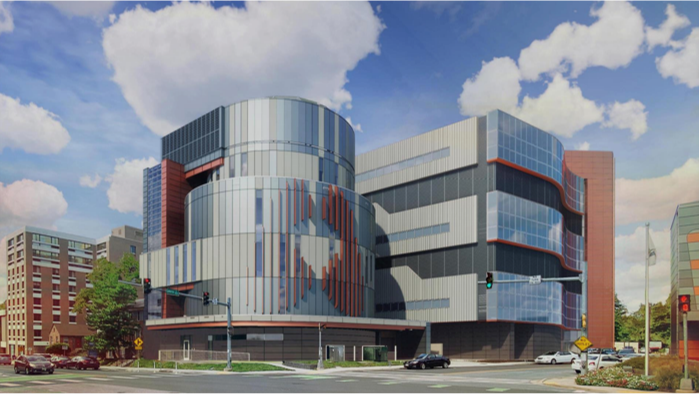

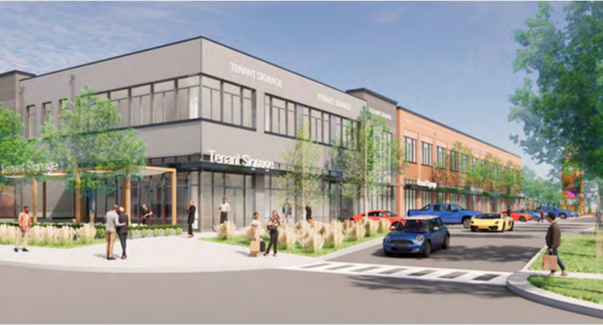
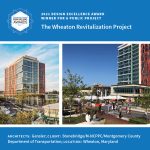
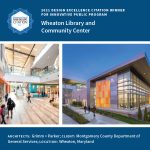
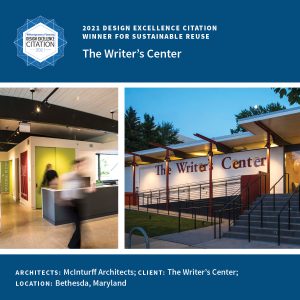
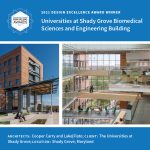
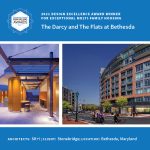
Robert Smythe
Is the county Planning Board requiring that all new commercial buildings meet at least the LEED Silver certification level before granting construction permits? This makes both environmental and financial sense.
If not, why not? It’s in all our best long-term interest!
Mark Cramer
As a former Gaithersburg resident & absentee voter in Montgomery County, I follow the great improvements you are doing. Currently I am an American member of a French bicycle advocacy organization. Allow me to share with you an amazing advance in the complete streets innovations of the Paris (City/Suburbs) region. In particular, I hope you will add to your policy discussions the possibility of contra-flow bicycling. As a long time bicycle commuter, the contra-flow has been a great innovation, not only in efficiency but in safety. All one-way streets with 30km speed limit allow contra-flow, and many times there is no lane, only a bike direction decal on the street surface. This means that occasionally, either car or bike has to stop and wait for the other to pass. Result: greatly improved rapport between bicyclers and car drivers. Here are some images in this article I wrote. https://averagejoecyclist.com/cycling-against-traffic/ (I’m the author of “Old Man on a Green Bike: Chronicles of a Self-Serving Environmentalist”)